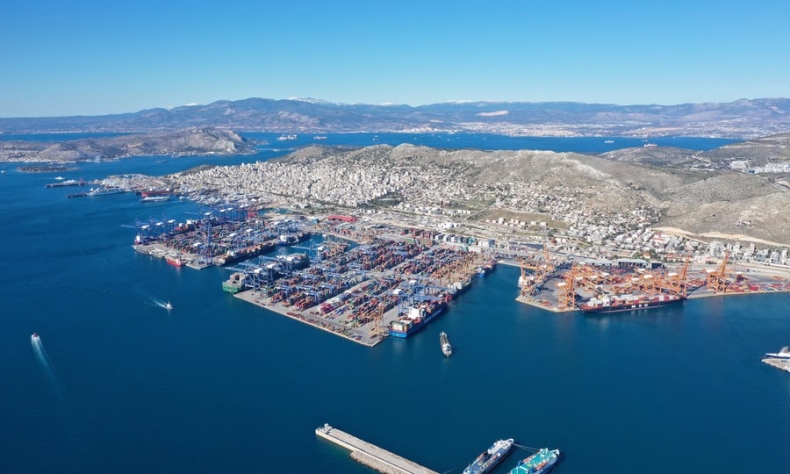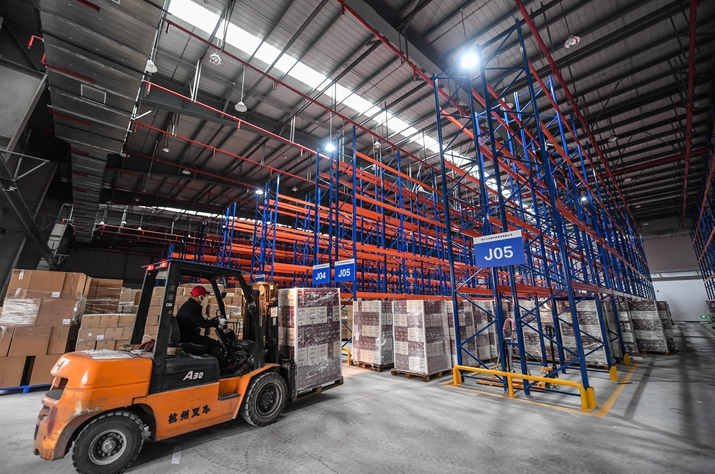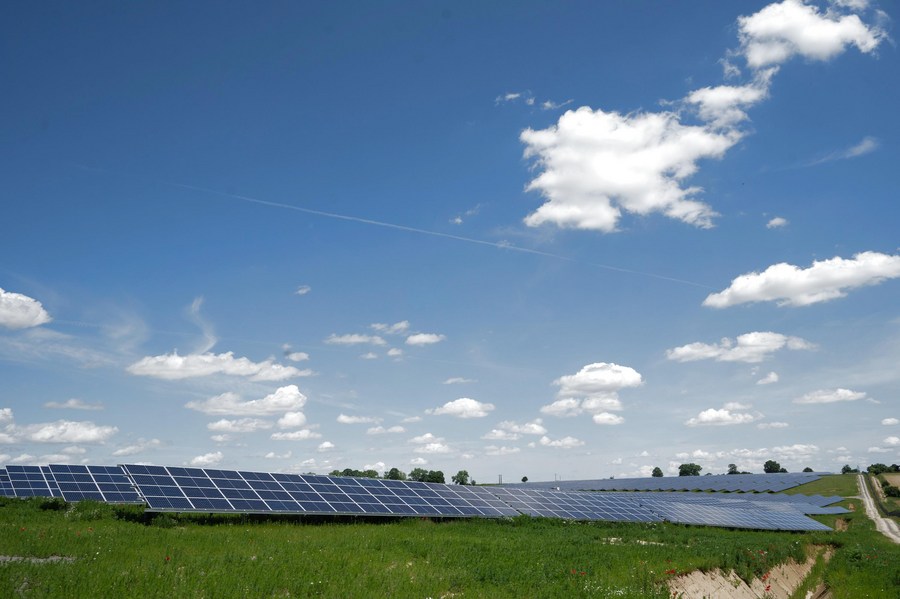Ten Years on: the Belt and Road Initiative’s Implications for Europe

When looking at the initiative from a Sino-European relations perspective, the BRI has been, at least in part and right now, pretty much a missed opportunity– one where both sides have something to make up for.
The Year of the Rabbit will mark the 10th anniversary of the announcement of the Belt and Road Initiative (BRI). The strategy, first announced by President Xi Jinping in Kazakhstan in September 2013, has been a game changer in the Chinese interaction with the rest of the world. Together with the Regional Comprehensive Economic Partnership (RCEP), a free trade agreement (FTA) between the 10 member states of the Association of Southeast Asian Nations (ASEAN) and its five FTA partners (Australia, China, Japan, New Zealand and the Republic of Korea)—making it the largest free trade zone in the world, that sees China as a major player, it is a symbol of the centrality of Asia in the world economy in the 21st century.
The world’s increasing regionalization is probably a good reading key to analyzing the BRI’s implications in Europe and how it has been perceived.
My point of view as a European is that, when looking at the initiative from a Sino-European relations perspective, the BRI has been, at least in part and right now, pretty much a missed opportunity– one where both sides have something to make up for.
Ups and downs
The BRI is a comprehensive project that includes, trade, investment, institutions and people-to-people relations, therefore numbers can only explain a part of the project’s importance. Even if the BRI was naturally an Asia-centered project, Europe was a meaningful part of it both symbolically–because Europe, and Venice in particular, was one of the ending points of the old Silk Road–and because the continent remains China’s largest trading partner.
From 2013 to 2021, the last year for which we have the full data available, bilateral trade increased substantially in absolute terms with a higher dynamic for European Union (EU) imports from China. Despite the EU remaining the most important trading partner for China, the EU trade deficit increased substantially in the period–from 104 to 249 billion euro, according to UN database of international trade UN Comtrade. From the EU side, a persistent and increasing trade deficit is perceived as a limitation on the development of healthy bilateral relations.

Not all EU countries hold the same position though. Germany, for example, used to have a trade surplus with China and is therefore more open to cooperation with China. Several countries with huge trade deficits, however, seem to see relations with China more as a threat than an opportunity.
Investments both in infrastructures plus mergers and acquisitions are probably the most challenging aspect of Sino-European relations. The BRI, together with China Manufacturing 2025, pushed many Chinese companies to invest in Europe. The initiative’s early years were positive for Chinese Foreign Direct Investment (FDI) in Europe, with many important acquisitions like German robotics producer KUKA, Italian tire producer Pirelli, and many smaller ones mainly in high- or medium-tech industries.
But in a world that is more and more divided in spheres of influence, governments are more concerned with the control of advanced technologies and the independence of critical supply chains. The COVID-19 pandemic laid bare the risks of having to depend on other countries– even for non-sophisticated goods like masks. On top of that, there are the asymmetries that linger in the openness to FDI–with Europe still being much more open, despite the huge improvements China has made in the last decades.
The combination of the aforementioned factors has brought to light the need for more protective policies. Data from independent research provider Rhodium Group show a clear decline in Chinese FDI in Europe starting in 2016 when Chinese FDI peaked at 47.4 billion euro to end at 10.6 billion euro in 2021, roughly the same level we had at the beginning of the BRI.
Gentle ambitions
The BRI is also about institutional relations and in this field, too, we have experienced ups and downs. In 2015, the European Commission and China’s National Development and Reform Commission established the EU-China Connectivity Platform 2015–an effort to coordinate BRI infrastructure investments with the Trans-European Transport Network strategy. The latter refers to the EU policy on transport infrastructure aims to facilitate transport across Europe and reduce regional, economic and social disparities by developing interconnected infrastructure for air, road, rail and shipping.

The Chinese Government and the European Commission also spent many years discussing an agreement to regulate bilateral investments, one that would solve the earlier-mentioned asymmetries. In December 2020, the EU and China then announced the Comprehensive Agreement on Investment but the document was not ratified by the EU Parliament due to tensions linked to the bilateral sanctions related to human rights issues. Plus, the EU-China Connectivity Platform, while still in place, has not been very operational in the past few years.
A few months before the launch of the BRI, China announced the 16+1 framework with the goal to strengthen the economic, cultural, and institutional relations between China and 16 Eastern and Central European nations—which became 17+ 1 with the addition of Greece in 2019. This move could have been seen as a completion of the BRI on the European side, but EU institutions have largely taken it as a threat to the bloc’s political unity. They believed that the framework allowed for Chinese loans and investments that had a different conditionality, referring to the conditions attached to the provision of loans, debt relief, or foreign aid by the provider to the recipient–usually a sovereign government, than that stipulated by Brussels and this could in turn slow the process of integration within Europe.
These last few years have been characterized by a decrease in mutual trust. COVID-19 didn’t help matters, in part because it drastically reduced the possibility to host in-person talks and interact on a day-to-day basis. According to the Chinese Zodiac, people born in the Year of the Rabbit are generally calm, gentle and loving but can be very ambitious. This is probably the approach the EU-China bilateral relationship needs to take. We need to be calm and rational when facing the existing objective differences, but also ambitious given this relationship is crucial for global development. Plus, it is always good to be gentle.
The author is a professor of Applied Economics at Ferrara University in Italy and a visiting senior fellow with the Institute for Global Cooperation and Understanding at Peking University.
 Facebook
Facebook
 Twitter
Twitter
 Linkedin
Linkedin
 Google +
Google +










